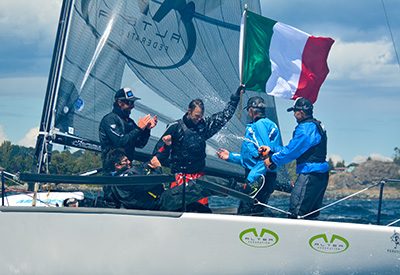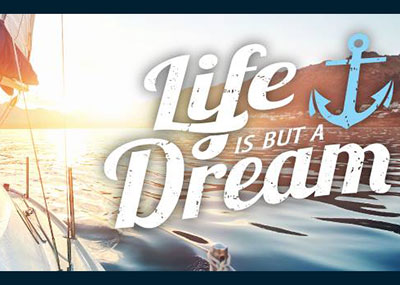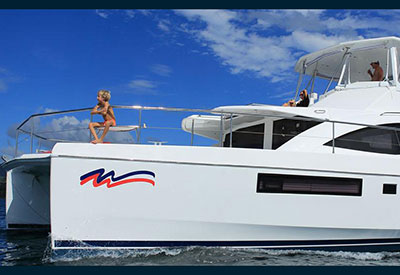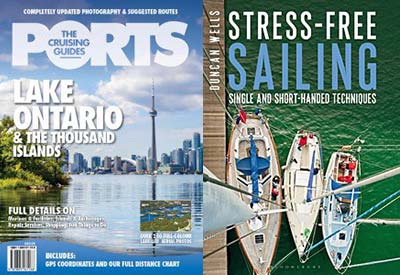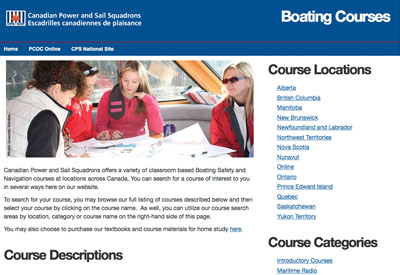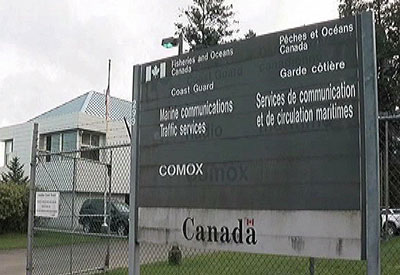PHRF BC President Gunnar Jonsson and PHRF NW President Eric Nelson Meet to Promote Handicap Racing

December 9, 2015
The purpose of the meeting was to discuss, in general terms, PHRF system as a whole, the two organizations, and how both can work together to promote handicap racing across the border. Both agree that it was a very positive meeting and is a starting point for better communication between the organizations that has been missing for a very long time.
ln general terms, for a handicapping system that has been in the area for well over 40 years, and was developed with the boats of the day in mind, the PHRF system continue to work pretty well. As boat designs have changed over the years, the system has done its best to keep up with the times. However, it is a system with some limitations, and going forward, it is these limitations where the two groups could work together to address. Two examples of this a re the continuing evolution of sport boats and the increasing fleet size of the 50’+ race boats in both NW and BC.
With respect to both fleets as a while, and to aid in addressing similar issues going forward, both agreed to cooperate with respect to the following two items:
1. A group made up of both BC and NW handicappers that will jointly address new boats coming into either region. The goal is to have new boats in both BC and NW “standards” equalized with input from both regions.
2. Both NW and BC will develop small handicapper working groups with the goal of review of measurement protocol with a potential of harmonizing the way boats are handicapped within both groups.
a. Part 1- BC/NW generate notes on their perceived differences between BC and NW protocols along with any discussion notes on what may be under review at the time
b. Part 2 – NWBC exchange the information for review
c. Part 3 – BC/NW meet to discuss both and determine if, and how, protocol could be agreed to between both groups.
Both Presidents agree that with these two small steps, we can begin to move forward with not only a better understanding of how both protocols work, but see if there is a way to equalize things between both systems.
Both NW and BC have a lot of data on their current members and boat standards developed over the years. How this information may be shared between organizations is being reviewed by both BC and NW, and is a topic for our next meeting, which we hope to have early in 2016.
With upcoming meetings with PHRF BC in late October, and the Annual General Meeting for PHRF NW in January, both organizations will be working towards the goals set up above, with the hope of furthering cooperation between both PHRF BC and PHRF NW.

